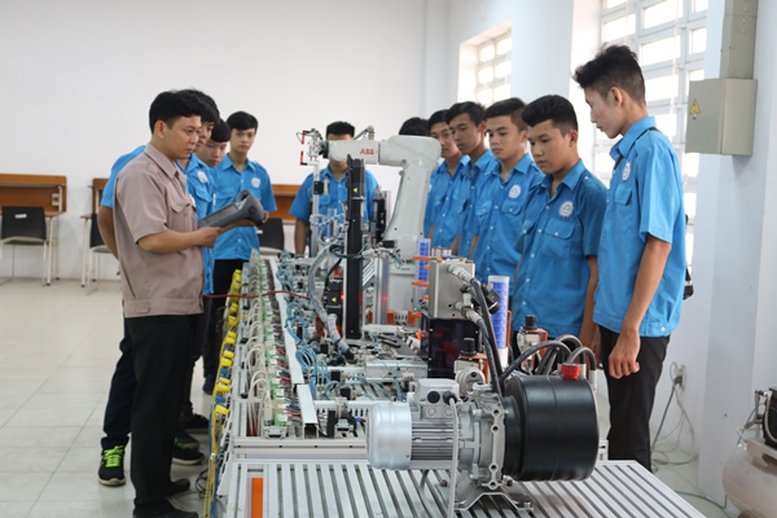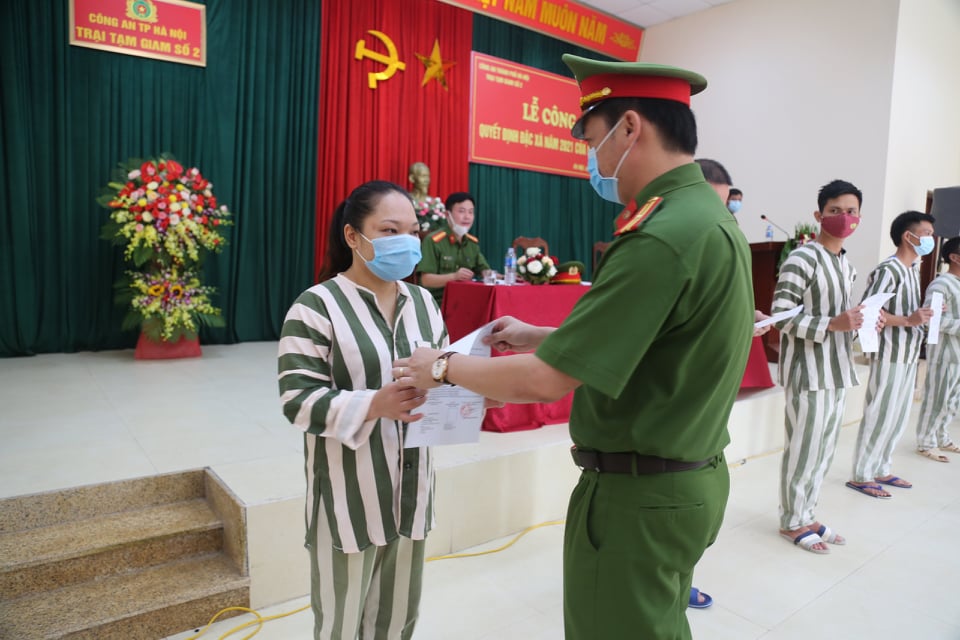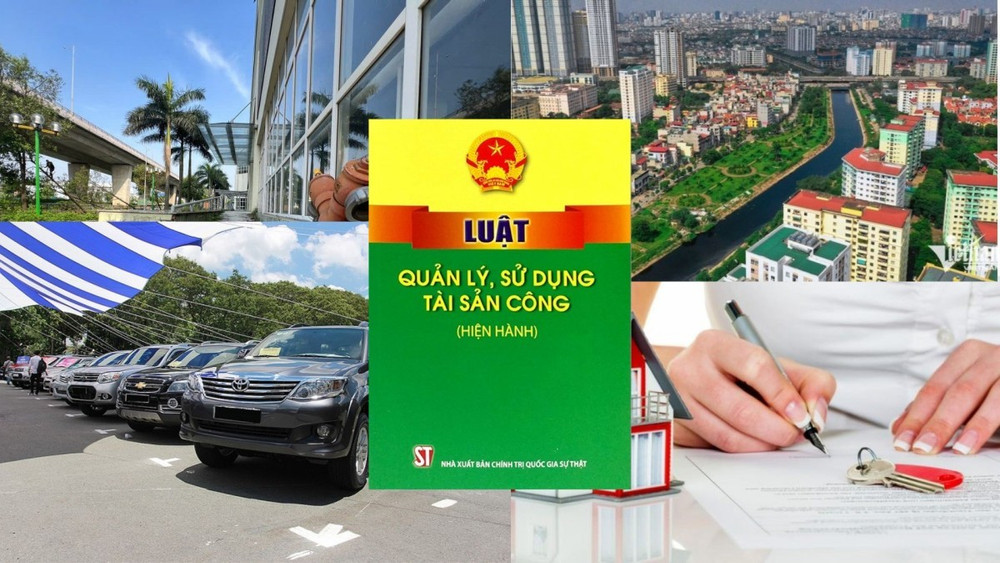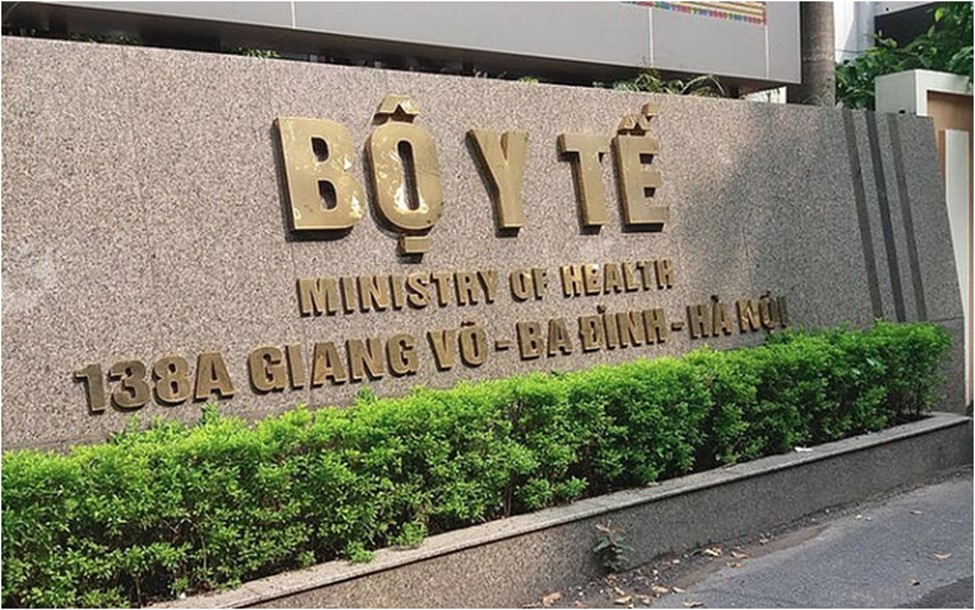Criteria for quality accreditation of vocational training programs at intermediate and college levels in Vietnam from February 15, 2025
Below are the criteria for quality accreditation of vocational training programs at intermediate and college levels in Vietnam from February 15, 2025.

Criteria for quality accreditation of vocational training programs at intermediate and college levels in Vietnam from February 15, 2025 (Image from the internet)
On December 31, 2024, the Minister of Labor - War Invalids and Social Affairs of Vietnam issued Circular 14/2024/TT-BLDTBXH stipulating criteria and standards for the accreditation of vocational education quality.
Criteria for quality accreditation of vocational training programs at intermediate and college levels in Vietnam from February 15, 2025
According to Article 10 of Circular 14/2024/TT-BLDTBXH, regulations on the criteria and standards for quality accreditation of vocational training programs at intermediate and college levels in Vietnam are as follows:
(1) Criterion 1 - Objectives and learning outcomes of the training program
- Standard 1.1: The objectives of the training program are clearly defined, aligning with the mission of the institution, the objectives of vocational education, and the needs of the labor market.
- Standard 1.2: The learning outcomes of the training program are clearly defined to meet the requirements of the Vietnamese National Qualifications Framework for vocational education levels, the demands of the training industry, learners' needs, employers, other stakeholders, and are publicly disclosed.
- Standard 1.3: The learning outcomes of the training program incorporate digital competencies to meet the requirements of digital transformation in vocational education.
(2) Criterion 2 - Structure and content of the training program and curriculum
- Standard 2.1: The training program contains comprehensive information, a logical structure, is flexible, updated, approved, and promulgated.
- Standard 2.2: The content of the training program meets the changes in science, technology, production, business, services, and the demands of the labor market or sector, locality.
- Standard 2.3: The training program is designed and developed based on needs and feedback from stakeholders to ensure that learning outcomes are achieved. Each subject, module must reflect its position, role, and progress in achieving the learning outcomes of the training program.
- Standard 2.4: The training program is regularly reviewed, evaluated, updated, and improved to meet the demands of the labor market, and the development of the sector and locality.
- Standard 2.5: The curriculum is compiled or selected, appraised, and issued for all modules and subjects of the training program.
- Standard 2.6: The curriculum specifies the requirements for knowledge and skills content for each module and subject in the training program, facilitating the implementation of active teaching methods, ensuring that the requirements of the training industry are met.
- Standard 2.7: The curriculum is periodically reviewed, evaluated, and updated according to regulations to meet the innovation of the training program.
(3) Criterion 3 - Training activities
- Standard 3.1: The admission policy is clearly defined, publicly disclosed, and updated. Admission counseling activities assist learners in choosing the right training field and industry, enhancing their capacities and talents. Admission results meet at least 80% of the targets according to the training institution's plan.
- Standard 3.2: The teaching methods align with the content and objectives of each module and subject to contribute to achieving the objectives and learning outcomes of the training program.
- Standard 3.3: Teaching and learning activities promote positivity, self-discipline, independent working skills, team collaboration among learners, encouraging the practice of vocational skills, self-study, self-research, and lifelong learning.
- Standard 3.4: The school cooperates with employers in organizing and guiding learners to practice and intern at workplaces.
- Standard 3.5: The school develops, issues processes, and organizes the implementation of assessments and examinations, evaluating learning and training results, and awarding diplomas to graduates to ensure fairness and transparency; records are fully and clearly maintained.
- Standard 3.6: The assessment methods of learners' learning outcomes are diverse, compatible with the learning outcomes of the training program, and the teaching and learning objectives.
- Standard 3.7: The results of learners’ assessments are compiled, analyzed, and promptly feedback is provided to improve teaching and learning.
(4) Criterion 4 - Teaching staff, management officers, public employees, and workers
- Standard 4.1: The teaching staff participating in teaching have qualifications and professional competency meeting the standards, satisfying the requirements of the training program and related regulations on training organization.
- Standard 4.2: Teaching staff are assigned tasks suitable to their level, capacity, and experience. Ensure all modules and subjects in the training program have enough teaching staff; ensure the student-to-class ratio and the faculty-to-student equivalent ratio.
- Standard 4.3: There is a development plan for teaching staff ensuring quantity and quality to implement the training program. Teachers actively participate in scientific research, and competitions related to their professional skills.
- Standard 4.4: Needs for training, fostering, and professional development of teaching staff are systematically identified, planned, and activities are carried out to meet these needs. Teachers are periodically educated, fostered, and interned to update knowledge, technology, and enhance professional skills or according to specific program requirements.
- Standard 4.5: The management team, public employees, and workers of the faculty or department implementing the training program meet the requirements for professional qualifications and effectively perform tasks in developing and implementing the training program; periodically educated, fostered to enhance their professional qualifications and competency.
- Standard 4.6: The team of teachers, management officers, public employees, workers of the faculty or department implementing the training program enjoy policies as prescribed. Policies are implemented to encourage teachers and management officers with achievements to continuously improve the quality of the training program.
(5) Criterion 5 - Facilities, training equipment, and learning materials
- Standard 5.1: Classrooms, specialized learning rooms, practice, and experimental areas meet current facility standards, technological requirements, and environmental sustainability. Standards for the environment, health, and safety are identified and implemented including needs and essential conditions for disabled individuals and non-discrimination in terms of gender.
- Standard 5.2: Training equipment and tools are sufficient in quantity, type, and meet the requirements for organizing the implementation of the training program.
- Standard 5.3: Training equipment and tools are managed, maintained, serviced, and reasonably arranged to ensure pedagogical requirements, health, and environmental safety.
- Standard 5.4: The school issues and applies processes for the management and allocation of raw materials. Raw materials are neatly organized and conveniently arranged to meet the planned and scheduled training needs and are effectively reused.
- Standard 5.5: The library and learning resources are full and appropriate; updated and applied with information technology advancements in management and use to effectively support teaching, learning, research activities of teachers, management officers, public employees, workers, learners, and other activities related to program implementation.
- Standard 5.6: Training equipment, tools, and online training conditions are compatible and updated to meet the program's requirements.
(6) Criterion 6 - Learners and learner support activities
- Standard 6.1: Information on industries, training programs, examination, and graduation recognition regulations; school rules and policies regarding learners are clearly, fully, and publicly described.
- Standard 6.2: Learners have ensured access to policies as prescribed, including reward and encouragement policies for those achieving high results in study and training. Learners are promptly supported during their studies to complete their learning tasks.
- Standard 6.3: Learners are advised on study, encouraged to participate in extracurricular, cultural, sports, research, and entrepreneurship activities, and are provided with advice on the labor market, employment, and career development.
- Standard 6.4: Study advisory, extracurricular activities, movement activities, and other support services enhance learning and employment opportunities for learners after graduation. The educational environment and landscape facilitate learning activities, training, and personal development for learners.
(7) Criterion 7 - Quality monitoring and evaluation
- Standard 7.1: Policies, processes, and tools to ensure quality in building, selecting, revising, and issuing training programs are developed, operated, evaluated, and improved.
- Standard 7.2: The quality of support services and amenities in learning and training areas and other services are monitored, evaluated, and improved.
- Standard 7.3: There is a system to survey, collect feedback from employers and stakeholders on the responsiveness of graduates, and the relevance of the training program with actual production, business, and services. Feedback information and stakeholder needs are used as a basis for designing and developing the training program.
- Standard 7.4: The school conducts self-evaluation of the quality of the training program and takes measures to improve quality.
- Standard 7.5: Graduation rate, dropout rate, and average graduation time are established, monitored, and benchmarked (if any) for quality improvement.
- Standard 7.6: Data on the achievement level of the learning outcomes by trainees in the training program is established and monitored. The satisfaction levels of graduates, employers, and related stakeholders are established, monitored, and benchmarked to improve quality.
- Standard 7.7: Employment rate, entrepreneurship, and further education of learners after graduation are established, monitored, and benchmarked (if any) to improve quality. Within 12 months after graduation, at least 80% of graduates have employment.
Refer to more details in the Circular 14/2024/TT-BLDTBXH effective from February 15, 2025.
- Number of deputy directors of departments in Vietnam in accordance with Decree 45/2025/ND-CP
- Cases ineligible for pardon in Vietnam in 2025
- Decree 50/2025 amending Decree 151/2017 on the management of public assets in Vietnam
- Circular 07/2025 amending Circular 02/2022 on the Law on Environmental Protection in Vietnam
- Adjustment to the organizational structure of the Ministry of Health of Vietnam: Certain agencies are no longer listed in the organizational structure
- Vietnam aims to welcome 22-23 million international tourists in Vietnam in 2025
-

- Number of deputy directors of departments in Vietnam ...
- 15:04, 05/03/2025
-

- Cases ineligible for pardon in Vietnam in 2025
- 14:43, 05/03/2025
-

- Decree 50/2025 amending Decree 151/2017 on the ...
- 12:00, 05/03/2025
-

- Circular 07/2025 amending Circular 02/2022 on ...
- 11:30, 05/03/2025
-

- Adjustment to the organizational structure of ...
- 10:34, 05/03/2025
-

- Notable new policies of Vietnam effective as of ...
- 16:26, 11/04/2025
-
.Medium.png)
- Notable documents of Vietnam in the previous week ...
- 16:21, 11/04/2025
-
.Medium.png)
- Notable documents of Vietnam in the previous week ...
- 16:11, 02/04/2025
-
.Medium.png)
- Notable new policies of Vietnam to be effective ...
- 16:04, 02/04/2025
-
.Medium.png)
- Notable new policies of Vietnam effective from ...
- 14:51, 21/03/2025

 Article table of contents
Article table of contents
